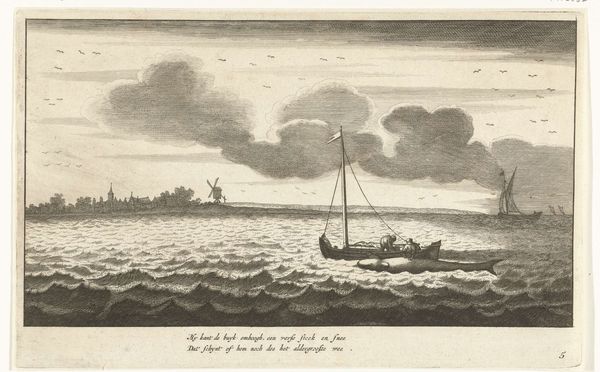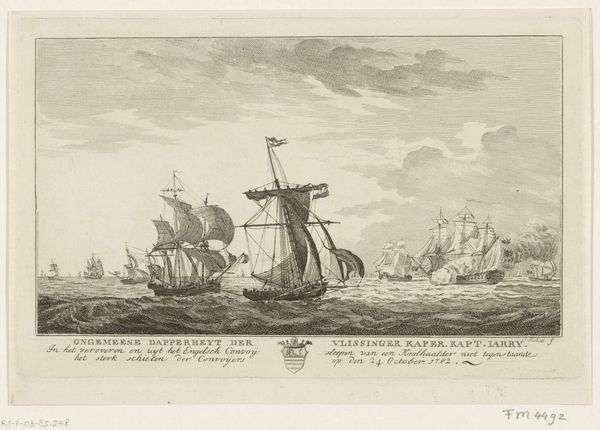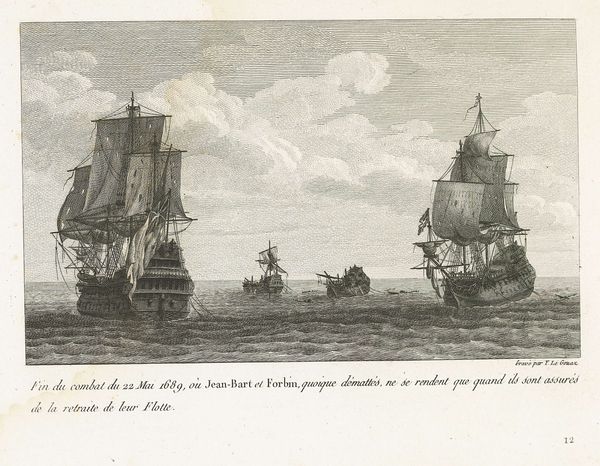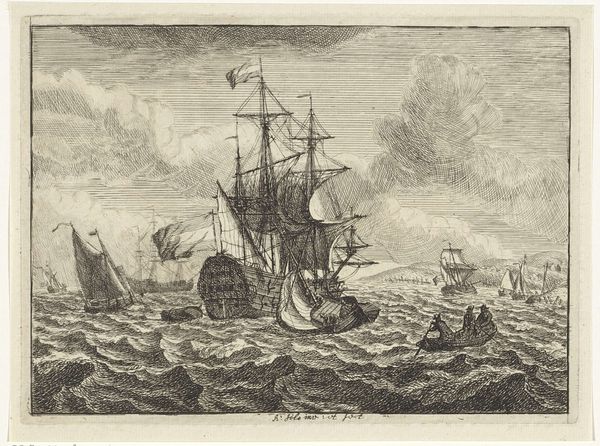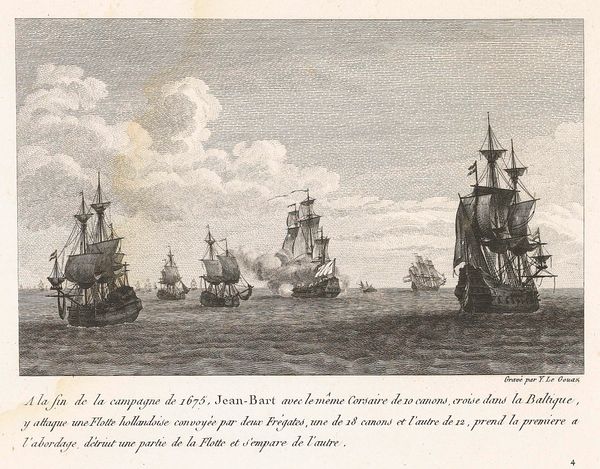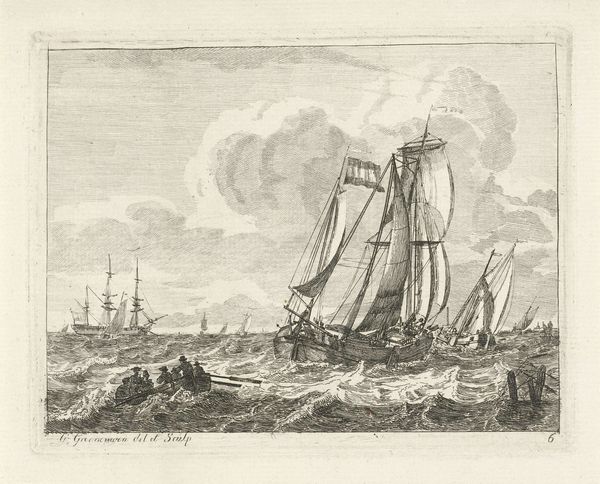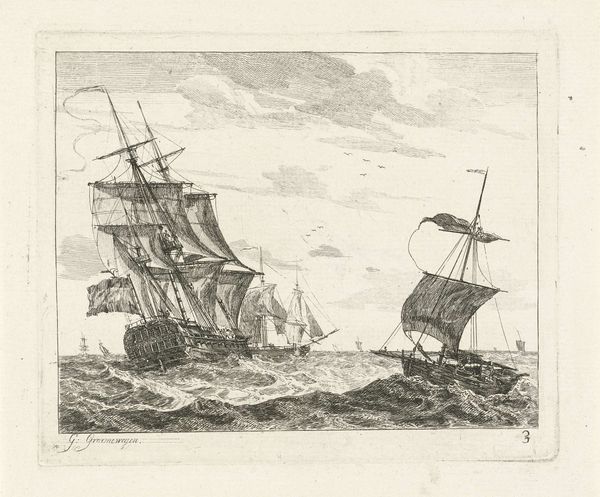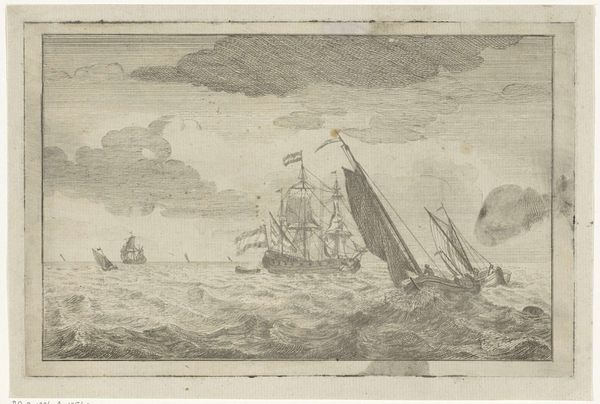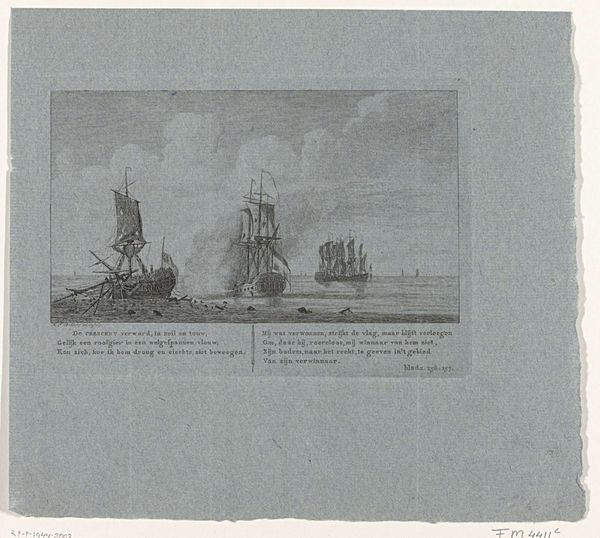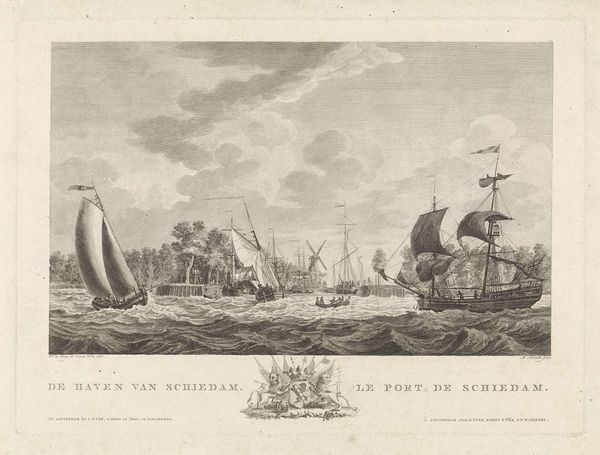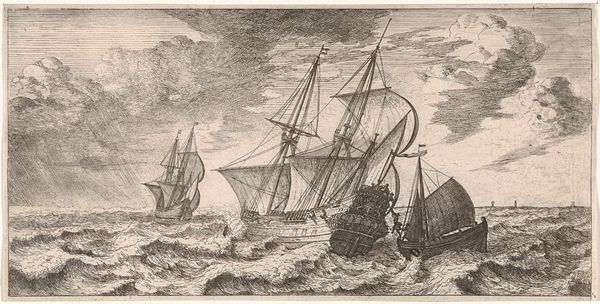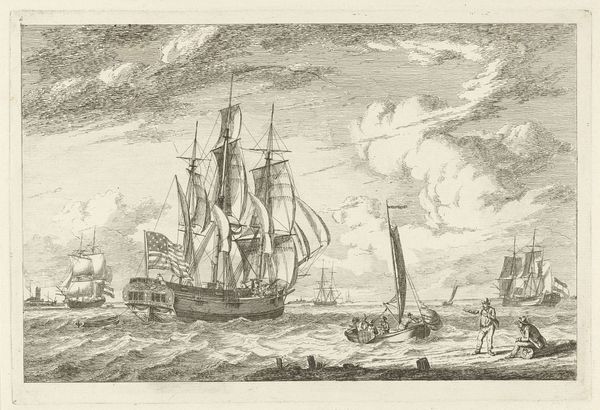
print, engraving
#
baroque
# print
#
landscape
#
genre-painting
#
engraving
Dimensions: height 193 mm, width 305 mm
Copyright: Rijks Museum: Open Domain
Editor: So, here we have Abraham de Blois’s engraving from 1682, titled "De walvis wordt op het land geslacht," depicting the butchering of a whale on the shore. The scene has such a raw, visceral feel to it. I mean, what really strikes you about this print? Curator: This image screams material exploitation. Look at the whale, reduced to a commodity, a source of blubber and oil. The process itself, meticulously engraved, becomes a key focus. We see labor, the labor of these coastal workers, carving up the whale. Think about the engraver’s labor too – the repetitive, skilled movements required to create this image, disseminating this scene of resource extraction. Editor: Right, and that process of dissemination speaks to how commonplace whaling was, or at least how aware people were of it. The print makes the event seem so… matter-of-fact. Curator: Precisely. The engraving itself, the paper, the ink – these are materials linked to consumption, connected to a network of trade. Prints like these were commercial items themselves, bringing distant realities to consumers, embedding them in a cycle of production and distribution centered on materials and access. What boundaries can we draw between art and simple documentation here? Editor: That’s a great question. Thinking about it as a material object and not just an image really changes how I see it. So, you’re saying the value lies in examining the layers of labor and materiality involved, from the whale to the print itself? Curator: Exactly. By tracing these material connections, we reveal the economic and social forces at play. Editor: I see it now. It’s a sobering snapshot of 17th-century resource consumption, framed within the physical creation and distribution of this engraving. Curator: Indeed. Looking closely at material processes illuminates those histories in complex, exciting ways.
Comments
No comments
Be the first to comment and join the conversation on the ultimate creative platform.
